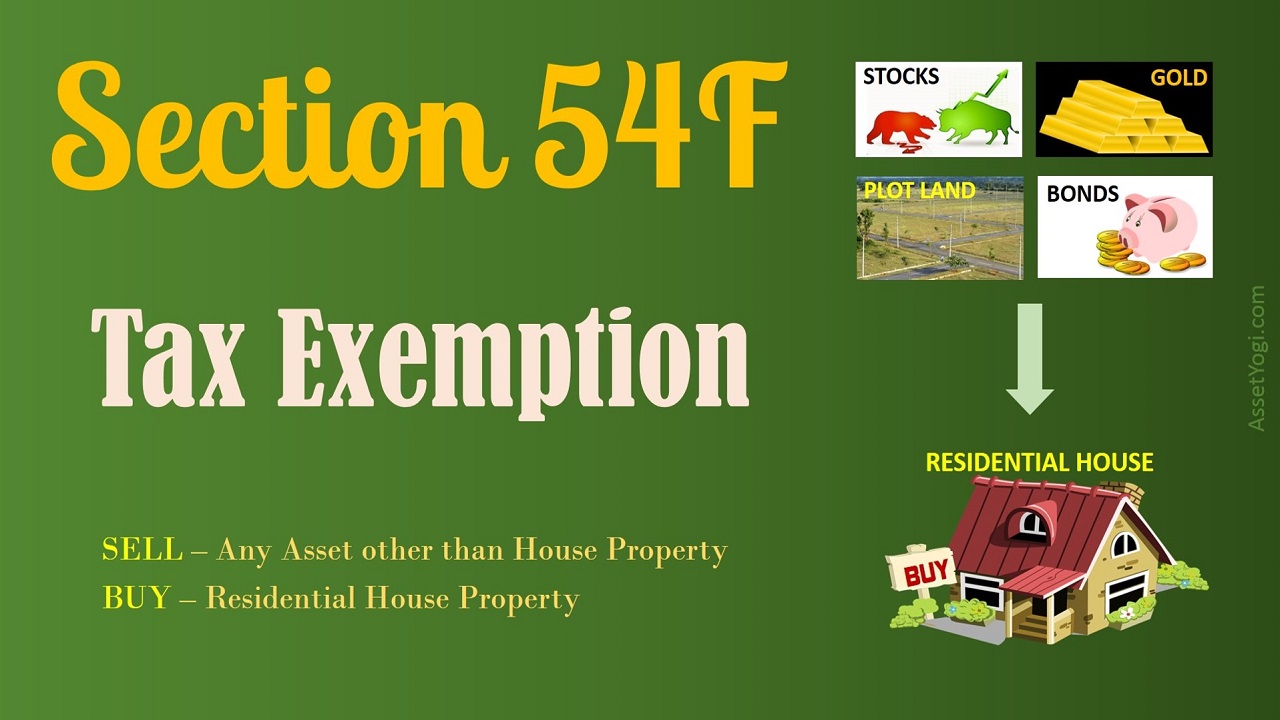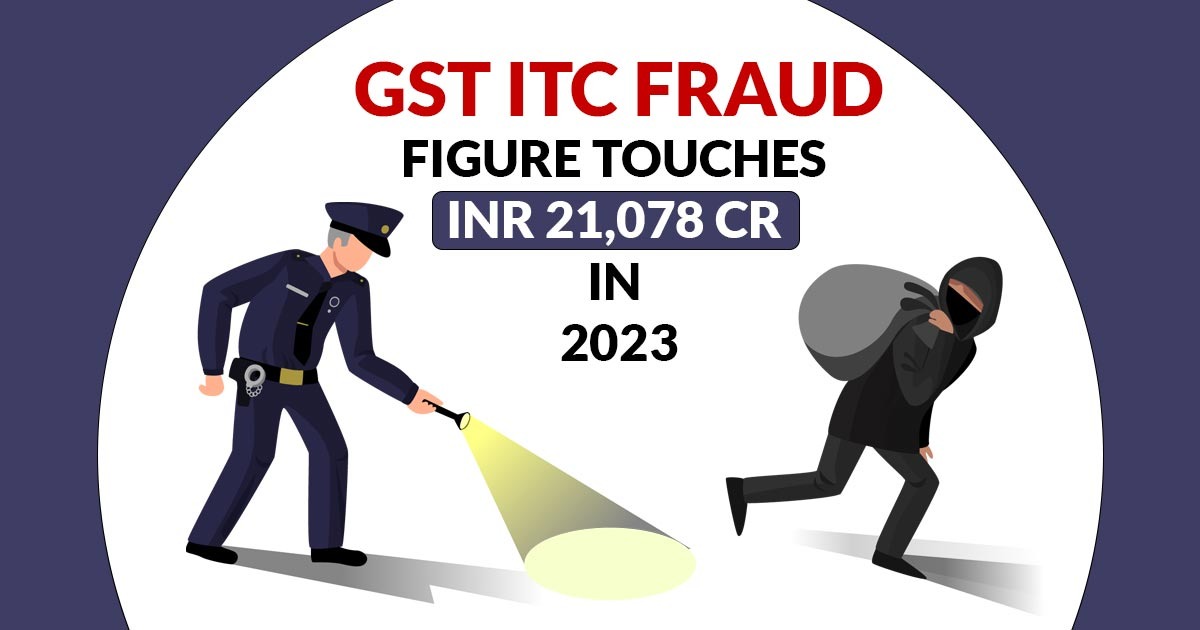S.U. Khan, J.@mdashHeard Sri Prashant Chandra, learned Counsel for petitioners and Sri M.A. Khan, learned Senior Counsel for contesting respondents. This writ petition arises out of consolidation proceedings pertaining to title in respect of plot No. 946, area 2 bighas 15 biswas. In the basic year, the said plot was entered in the names of petitioners as well as contesting respondents (or their fathers). Mohd. Yusuf, father of respondents No. 2 to 4 Altaf Husain respondent No. 5, Mohd. Amin respondent No. 8, Mohd. Moin respondent No. 6 and Mohd. Ali respondent No. 7 filed objections u/s 9 of U.P. Consolidation of Holdings Act asserting that the plot in dispute which was a grove exclusively belonged to their ancestor Khuda Bux however the names of petitioners (or their ancestors) were wrongly entered in the revenue record. Objections (Case No. 2336, M. Yusuf v. M. Ismail) were rejected by the Consolidation Officer, Aliganj on 5.11.1973. Appeal ( No. 466) was also dismissed by Assistant S.O.C. Sultanpur on 27.5.1974. Thereafter, contesting respondents filed Revision No. 1459, Mohd. Wasim and others v. Ismail and others. D.D.C. Sultanpur allowed the revision through the judgment and order dated 11.12.1979 and directed that only the names of contesting respondents shall be recorded in the revenue record over the land in dispute and names of petitioners shall be expunged. The order of the D.D.C. has been challenged through this writ petition.
2. The D.D.C. mentioned that'' the number of the plot in dispute in the first settlement was 450, in the second settlement, it was 829 and in the third settlement it was 946. The D.D.C. held that in the first settlement only name of Khuda Bux was there, however in the second and third settlement, name of ancestor of petitioners was also mentioned but the petitioners could not show that how in the second and third settlement name of their ancestor was entered in the revenue records. The Re-visional Court therefore concluded that the entries of second and third settlement were erroneous.
3. In my opinion, the judgment of the Revisional Court is utterly erroneous in law. It is almost impossible to file copies of supporting orders for the entries continuing for very long period (in the instant case, more than 50 years). In consolidation, objections u/s 9 are filed against entries in the revenue records ("disputing the correctness or nature of the entries in the records"). Accordingly, it is the duty of the person alleging the entry to be incorrect to prove that and not vice versa.
4. In this regard reference may also be made to section 20 of U.P.Z.A. & L.R. Act under which special status has been accorded to the entry of possession in khasras of 1356 Fasli. This aspect has been dealt with by the Supreme Court in the following authorities:
(i)
(ii)
The record of rights for the year 1356 Fasli had not been corrected afterwards. We have to go by the entry in the record of rights and no enquiry need be made as to when the respondents became sub-tenants after the decision in favour of the landlord.
(iii)
(iv)
In this case the Khasra entry for 1356 Fasli Ex-4 showed that the respondent''s father Munni Lal was sub-tenant. As rightly stated by the High Court, it is not for the plaintiff to prove that this entry is correct. It was for the defendants to show that the entry had been introduced surreptitiously out of ill-will or hostility. In the absence of such proof, the genuineness has to be presumed and the entry accepted as evidence of the sub-tenancy in favour of the respondent''s father. The Khasra entry of 1371 Fasli and 1372 show the respondent''s name as person in possession. It is clear indication that possession of the sub-tenant continued with the respondent. The rent receipts of the year 1929 and subsequent years are not required to be proved by the respondent as pointed out by the learned Judge. These furnish evidence of possession as subtenant. We agree that the Lower Appellate Court was not justified in ignoring these documents. The High Court was, therefore, well within its powers in appreciating the evidence and arriving at its own conclusion.
(v)
In this said case in 1356 Fasli names of Snehi and Fakir, the real brothers were recorded. The Supreme Court held that the entry of Fakir in 1356 Fasli was not challenged for 11 years, hence it could not be challenged in consolidation proceedings after 11 years. Paras 13 & 14 of the said authority are quoted below:
13. The learned Counsel for the respondents argued before us that the name of Faqir was entered fictitiously without there being any order of any authority showing the basis on which his name was entered. It is true that there does not appear any order passed by any competent authority to show how Faqir got his name entered in 1356 Fasli but that by itself would not lead us to infer that the name was fictitiously entered. Nothing has been shown to us to prove that Sanehi and Faqir had separated prior to 1915 except the result of the litigation of 1944 on which, as noted hereinabove, we are not inclined to place much weight. From the admitted pedigree chart also, as noted herein earlier, it is clear that Faqir and Sanehi were real brothers and sons of Dehpal. In this view of the matter, it would not be appropriate to raise such serious doubts over how Faqir''s name appeared in the Khatauni.
14. In any view of the matter, in our view, the vendors would be entitled to the benefit of section 20 of the UPZA & LR Act. Section 20 provides that where the person is recorded as an occupant of any land in Khasra Khatauni for 1356 Fasli, which has been taken as the base year, he shall be entitled to retain possession thereof. If the entry was not challenged, it could not be doubted and have to be deemed to be correct in view of Explanation III to section 20 which provide that the entries in the year 1356 Fasli is final and confers all rights on occupant. In the present case, the name of Faqir appeared along with Sanehi in the 1356 Fasli upto 1366 to 1368. Mutation was carried out after considering objections of respondents, by the Tahsildar.
5. Accordingly, in my opinion the judgment and order passed by the Revisional Court is patently erroneous in law and liable to be set aside. Writ Petition is therefore allowed. Impugned judgment and order dated 17.12.1979 passed by D.D.C. Sultanpur in Revision No. 1459, Mohd. Wasim v. Mohd Ismail and others is set aside. Judgment, and order passed by C.O. as affirmed by S.O.C. dismissing the objections is approved and revived.

